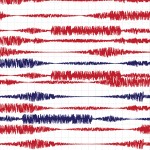
Sunlight: World’s most ancient traveller
Sun, the pivotal element of the solar system, is a middle-aged star that is around 4.6 billion years old. This near-perfect sphere is made up of 70 per cent hydrogen and 28 per cent helium. With the amount of hydrogen left on it, it can survive for another 5 billion years. In the last stages…







